Erik Sommer is a New York based contemporary artist. Looking at his work, one of the first words that will come up in your mind is Urban. He is using urban elements, especially cement, to create his pieces. I think this is exactly why I’ve been seduced by his art straight away, I love big cities and their grey buildings. I find a parallel between these metropolis and Erik’s works.
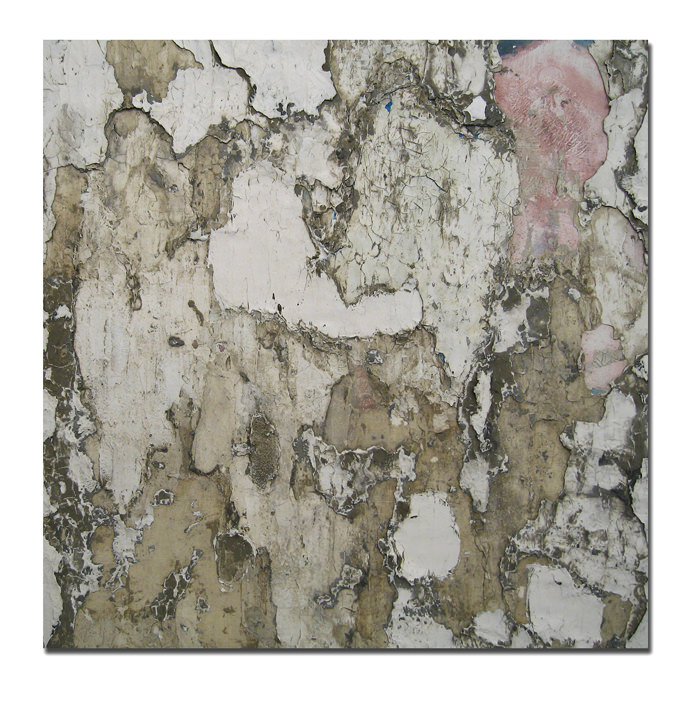
KALTBLUT: You like to use cement, and other industrial material as principal medium for your art. Would you agree on being classified as an Urban artist (like literally)?
Erik: Yes, I think that is a fair statement. Using heavy, ugly, industrial material to create work that appears to be fragile, delicate and beautiful really interests me. Living in New York City obviously plays a role as well. Being surrounded by cement has definitely influenced my aesthetic.
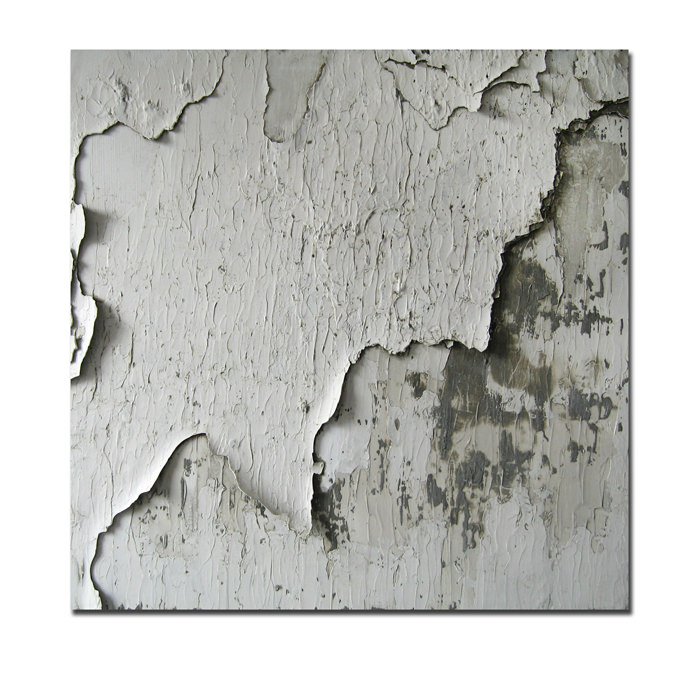
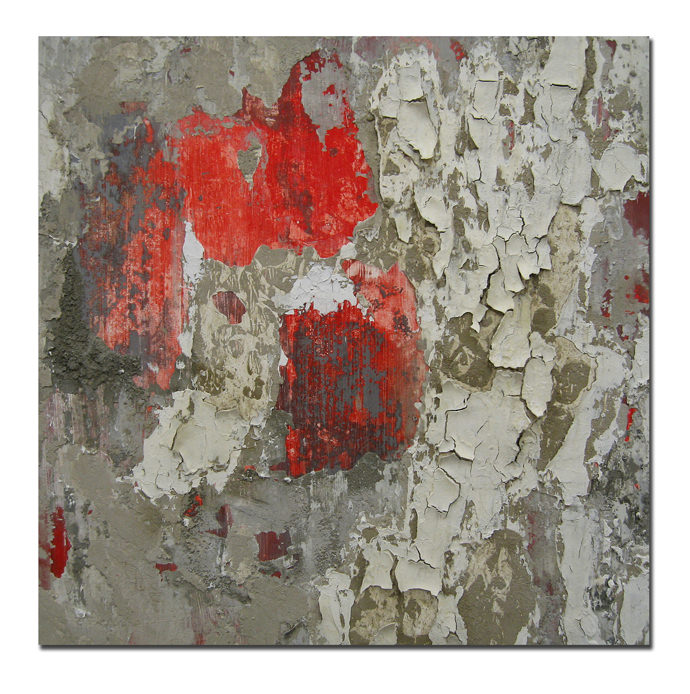
KALTBLUT: So…Why Cement?
Erik: When I first started painting I used every sort of material I could find to try and recreate the look and feel of cement. One day in the studio I found an old bag of cement, the just-add-water mix, and used it. When it mixed and dried with the other material it immediately began to crack and peel, and I realized I could manipulate it to speed-up and control the aging process. It was a way to make my work look aged and worn. After over 10 years of using cement I am now able to control it in such a way to create these fragile and delicate looking pieces that are in fact very sturdy and tough. One of the most common remarks about my work is that people want to peel off a bit just to see what is underneath.
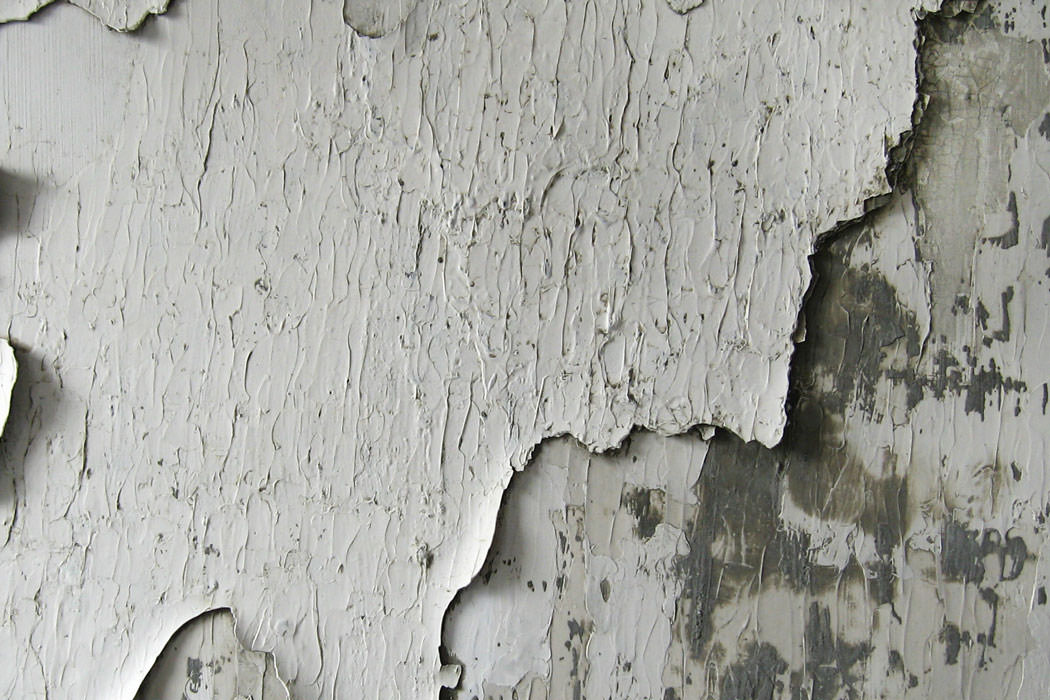
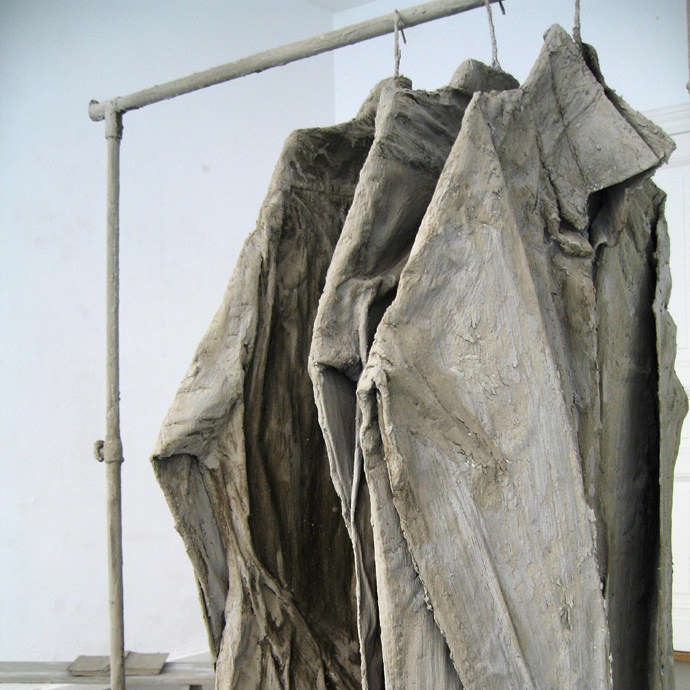
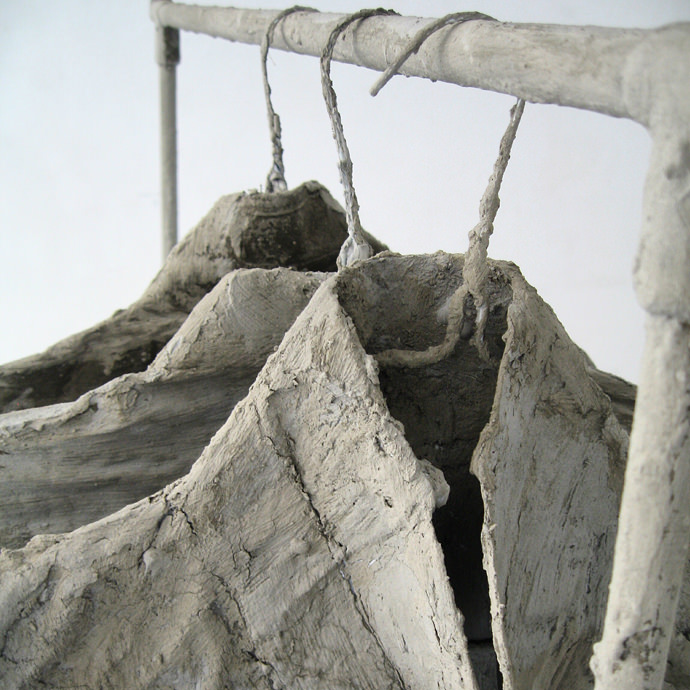
KALTBLUT: How does being based in New York city influence your work?
Erik: I love New York City. The energy and vibe keep me going. The different neighborhoods and their galleries, the music, all of it. I love just walking around and discovering things. The ‘concrete-jungle-ness’ of it too has definitely influenced my work. The window outside of my studio looks onto the roof of the building next door, where there are these two old, decrepit chimneys that are peeling and falling apart. They are two of the most beautiful sculptures I have ever seen. A lot of my challenges are trying to create objects that look like these structures, to try and influence the aging process to make it appear to have happened naturally and organically, as opposed to over just 3 or 4 months in the studio.
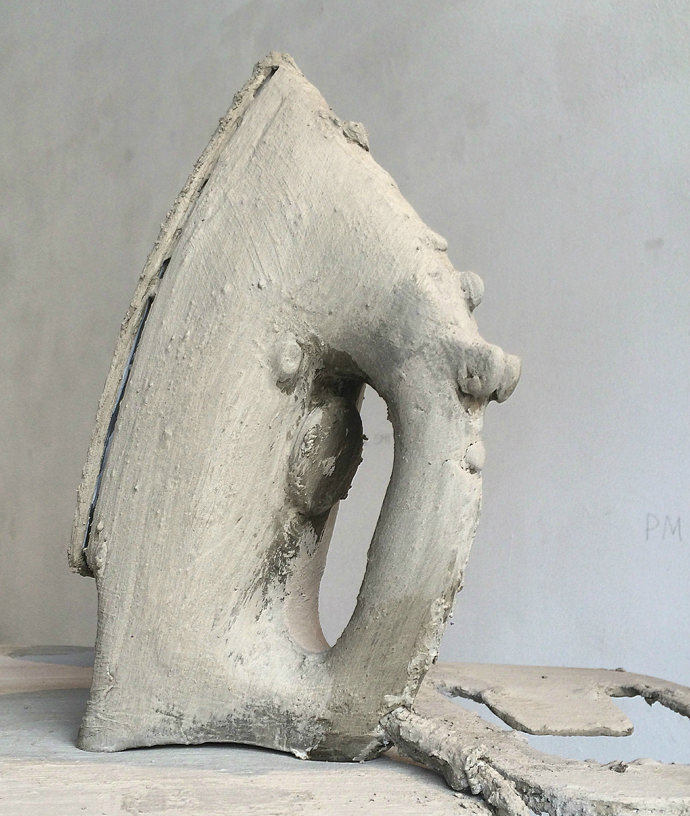
KALTBLUT: What is your working process when creating a “painting”?
Erik: My paintings I try to keep more accessible, if that makes sense. These are the physical objects that a viewer can take with them, literally. I work on several at a time. They are laid on the floor, and the first layer will be some sort of color, either paint or more recently found street posters that I wheat paste on. Then the layering occurs; the layers alternate between a cement layer and an acrylic layer. After seven or eight layers, I drop/ break/ peel/ scrape/ smash the work to let its compositional components naturally form. I can go back later and add more layers if necessary, but I try to rely on chance as much as possible. Often times the final layer is a removal of a layer, with the color sneaking through in unplanned places. Once the piece is done I add a binding element to keep everything in place, so while the work may appear fragile it is really quite secure and sound.
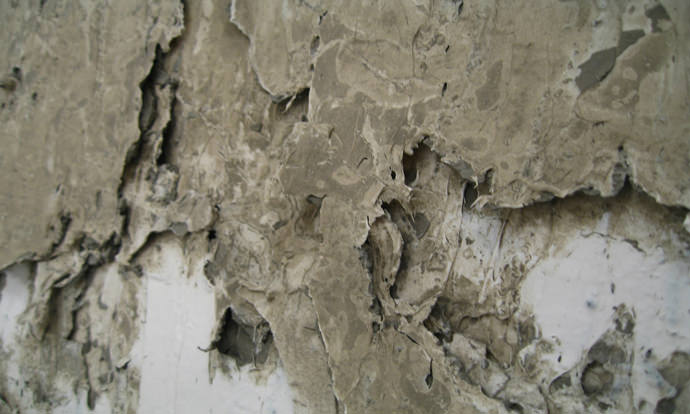
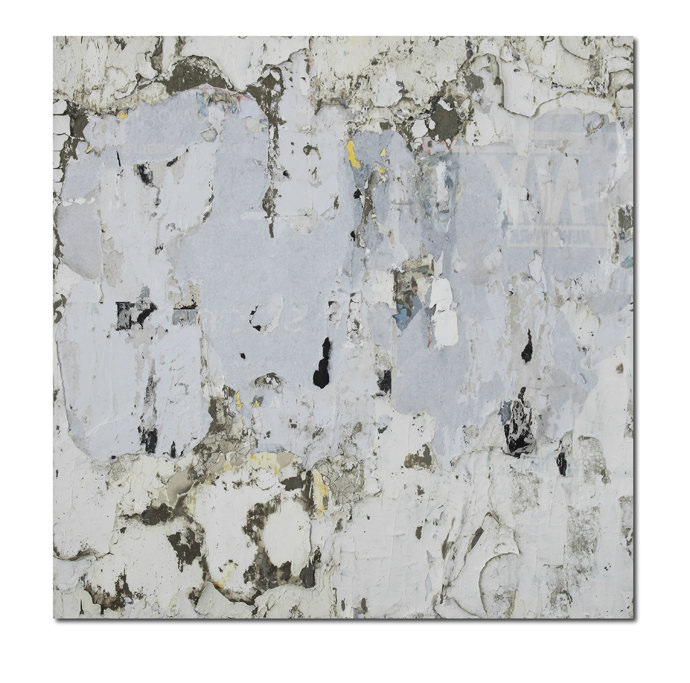
KALTBLUT: Does using cement as your favoured material cause issues with the quality and weight of your canvas? How much can one weigh up to?
Erik: The canvases probably do weigh a bit more than ‘traditional’ paintings, but overall the cement does not add too much weight. That being said as I’ve begun to work larger I have moved from canvas to wood for my supports. For the smaller pieces I’ve found that the canvases are very strong, and can withstand quite a bit of abuse and pressure. In the end though I’ve learned that it is often better to remove a layer if a piece is not working, as opposed to adding more layers, as the surprises often come from what is underneath.
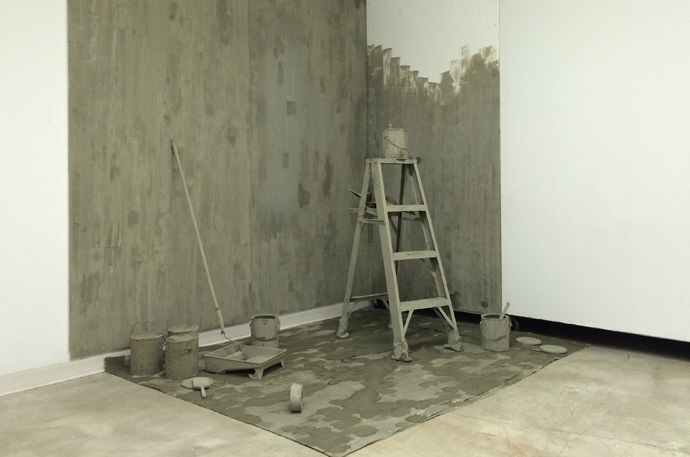
KALTBLUT: I’ve read that you can create 7 to 9 pieces in one month. Does the material have an impact on the time you need to create a piece?
Erik: Yea, a lot of my time spent in the studio is sitting and waiting. I like to work on as many pieces at once as possible, with each piece receiving the same material each day. The physical layering process may only take an hour for each piece, but then you need to wait a day or two before you can add the next layer. Over the years I’ve learned how to manipulate the material though in order to create more peeling and cracking, so the final layers can mix and match a bit more.
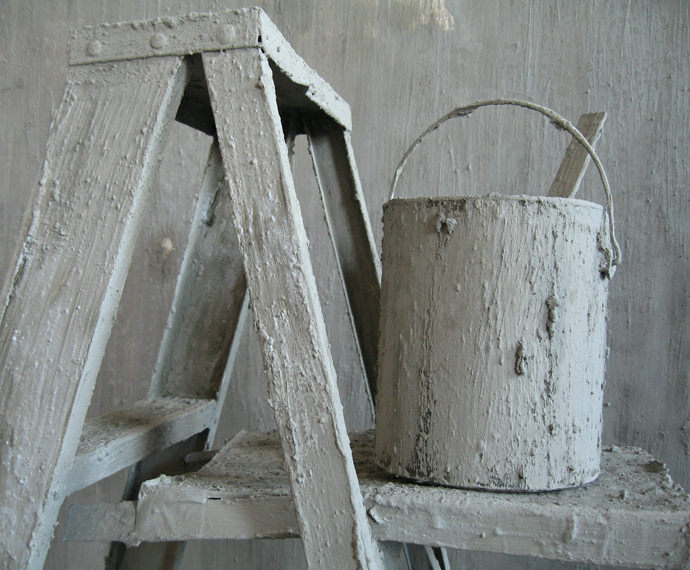
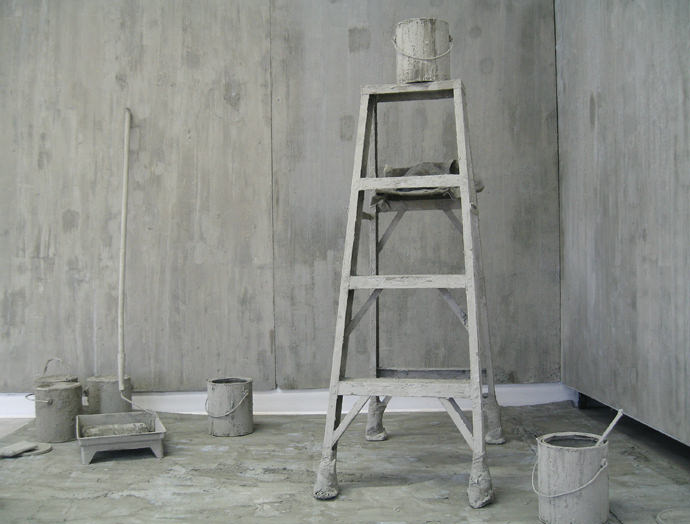
KALTBLUT: You also work away from canvases to installation work, kind of a “nature morte” on a living scale. How did you move from the canvas to using these real objects as a medium?
Erik: I love these cement installation pieces, like the one I recently created and installed in Berlin. This was my third such piece: the first was for a gallery in the Lower East Side of New York City where I recreated an apartment (couch, table, chair, painting, shelves, etc). The second piece was for a show in Brooklyn where I recreated the interior of a room being painted (ladder, drop cloth, roller, the walls being painted with cement). For this piece in Berlin I recreated what in America we call a dry cleaner, where you drop your shirts off to have them cleaned and ironed. I knew going to Berlin that I only wanted to show up with a suitcase, and not bring any supplies with me, but instead challenge myself to find and use material once I arrived. Each object for that piece was either found or purchased within a few blocks from my Berlin studio. The goal of these installations is to recreate a scene, almost like a theatre set, where the viewer feels as though they are trespassing or interrupting, and that the occupant will return any second and the viewer will be caught. The cement makes the scene feel heavy and thick, and very quiet, while also freezing or stopping time in some way. It is important that these installation pieces are accurate and very detailed, so that the viewer feels as though they have stumbled upon a place or a room that is very recognizable yet also very eerie and uncomfortable. Personally I enjoy having these two types of projects to work on (the paintings and the installations). The installations are a way to further the three-dimensionality of the 2D paintings, with their built-up surfaces, and help to tell the story of how to control and capture time. They are a nice challenge.
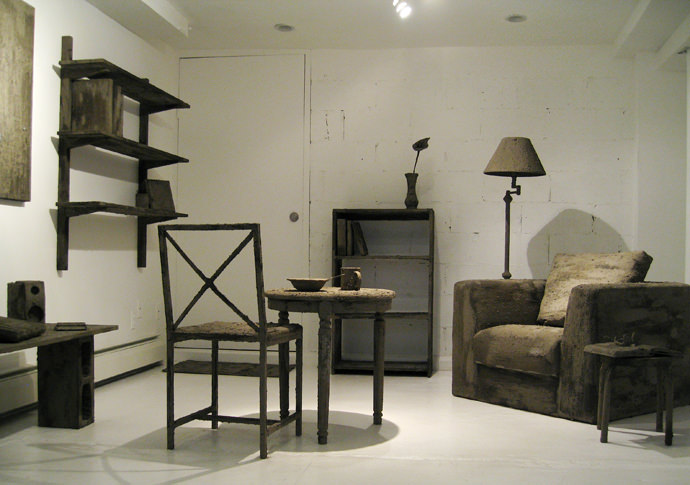
KALTBLUT: How do you pick the objects you’ll use in your installations?
Erik: I have a list of installations I want to create. Sometimes they are based on the history of the building where they are being shown (the use of the building before it was a gallery) and sometimes they are just every day scenes that I want to recreate. Each installation has to be accurate, and historically true. As they become larger and more grand I want to see how much I can get away with, how far I can take them to make the viewing experience even that much more shocking and full of emotion.
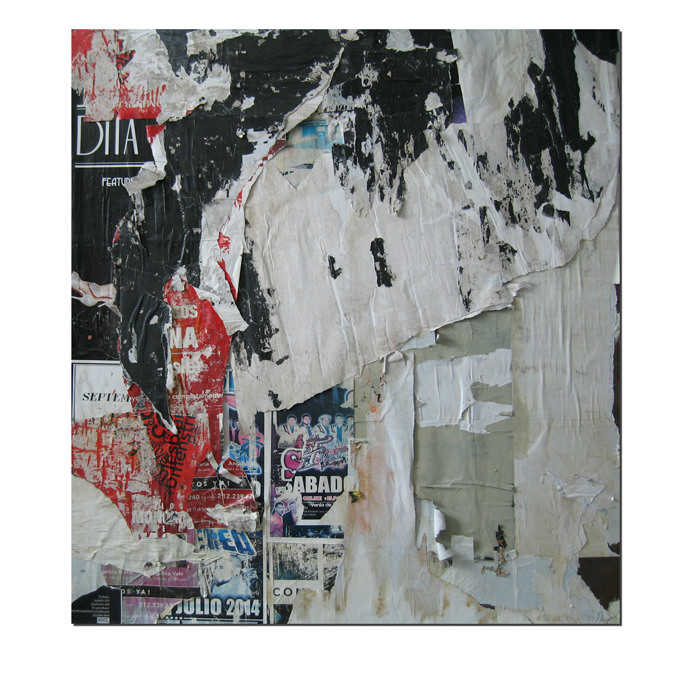
KALTBLUT: What is next for you?
Erik: I am starting to think about the next installation, and looking at spaces. For some reason Paris, Milan and Brooklyn come to mind. The rest of the summer will be spent working on several large paintings. My time in Berlin was amazing, and now I am just back in the studio getting ready for the next project.
Thanks! This has been great.
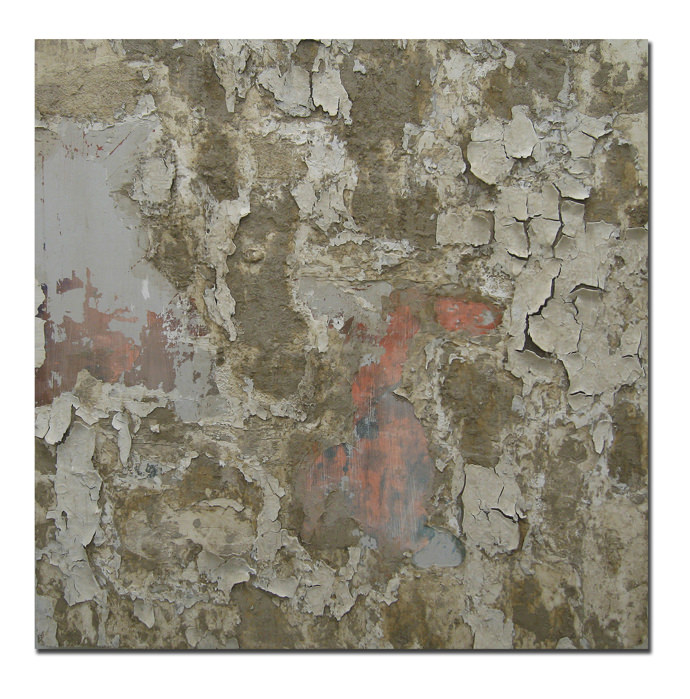
Contact:
www.erikjsommer.com
Instagram: @eriksommer_studio
@Facebook
@Twitter

